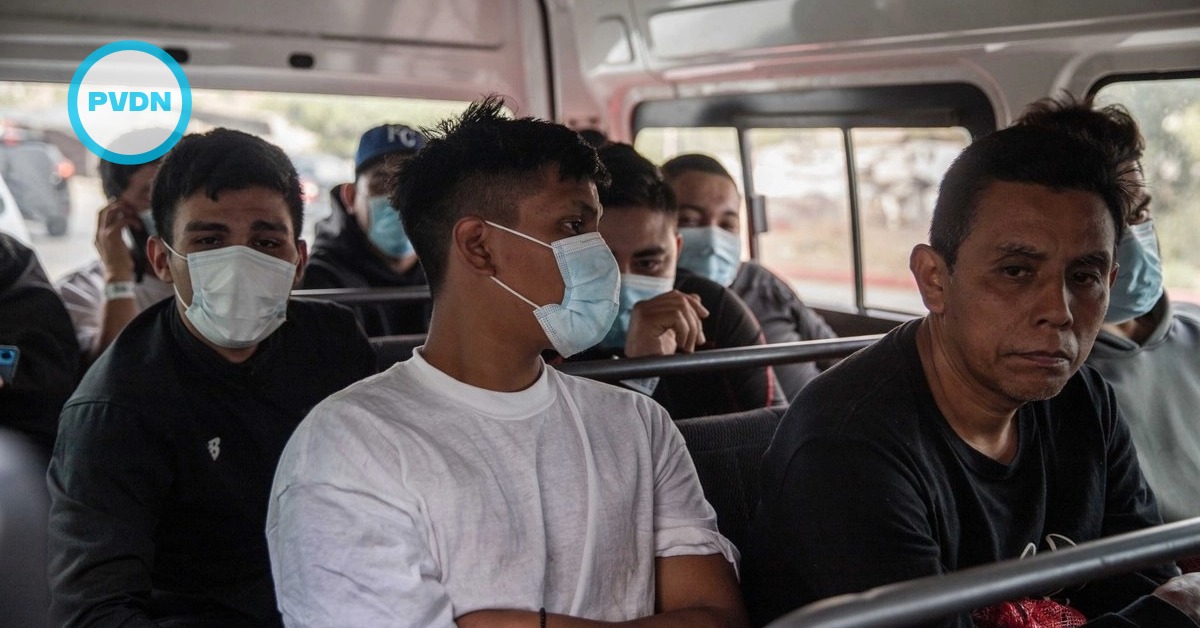The men are holed up with their buses on the college's soccer field, sleeping in the compartments that once held passenger luggage and hanging the clothes they've hand-washed from the windshields.
While attention has focused on the kidnapping and disappearance of 43 students from the Raul Isidro Burgos teachers college in Tixtla, few have paid much attention to the three dozen or more bus drivers who say they are being forced by activists from the school to live as captives and act as chauffeurs for the very people who commandeered their vehicles.
The drivers, some of whom . . .





